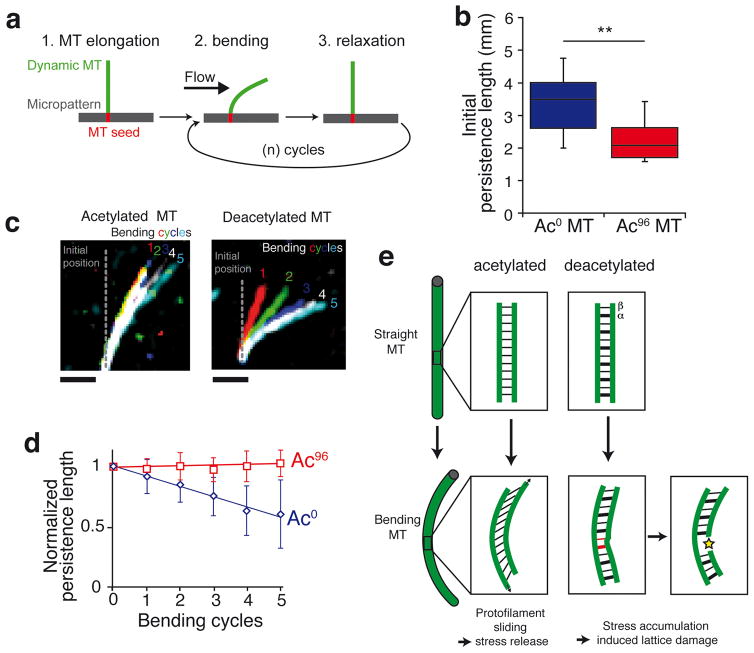Figure 5. Acetylation at αK40 protects microtubules against stress-induced material fatigue.
a, Diagram representing the experimental setup used to measure microtubule flexibility and material fatigue. Microtubules were elongated from GMPCPP seeds grafted onto micropatterns, bent using a perpendicular flow for 10 s and then allowed to relax for 10 s. The microtubules are kept dynamic during the experiment by maintaining tubulin concentration at 14 μM in the flowing solution. b, Microtubule persistence lengths measured during the first bending cycle. ** denotes a p-value of the two-tailed unpaired Student’s t-test<0.01, n = 11 Ac96 microtubules and n = 17 Ac0 microtubules. The box represents the 25th–75th percentile, whiskers indicate 1.5 times the range, bar in the middle is the median. c, Pseudocolor images of a single representative microtubule at the end of each bending cycle. Scale bar = 5μm. d, Plot showing the evolution of persistence length over successive bending cycles. Microtubule persistence lengths were normalized to their initial values (the non-normalized data are shown in Supplementary Figure 5c and d). Data points are mean ± SD, n = 11 Ac96 microtubules and n= 17 Ac0 microtubules. e, Model accounting for the increased flexibility and mechanical stability of acetylated microtubules due to decreased inter-protofilament interactions.

